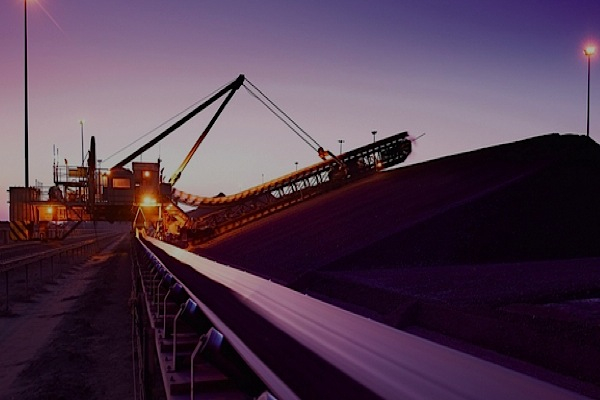
The Hotazel Manganese Mines (HMM) of South32 are located in the manganese rich Kalahari Basin in the Northern Cape South Africa. The region is home to 80 per cent of the world’s manganese ore body. (Image courtesy of South32)
BHP spin-off South32 (LON, ASX:S32) is looking to cut costs by $350 million a year over the next three years and has flagged a first dividend for shareholders for early next year, as part of the new company’s first results, unveiled Monday.
Chief executive Graham Kerr also revealed the miner’s plans to slash capital expenditure by 9% to $650 million next year, and asked the mining sector to be prepared for more tough times ahead.
“One of the pitfalls in the mining industry in the last decade is that people were very focused on the growth of volume,” he said. “What we are focused on is growth in earnings per share.”
South 32, named from the latitude linking its main operations in Australia and South Africa, reported underlying earnings of $575m for the 12 months to end-June 2015, a 41% increase from the prior period. This, at a time when most miners have recorded losses and laid-off staff.
The Perth-based company announced in June that it would write-down the value of its manganese assets and it has revealed a further $416 million of asset impairments on Monday.
More than $390 million of those impairments were recorded against South32’s South African coal assets, with the Cerro Matoso nickel business also being written down.
The charges saw the statutory profit for the year to June 30 fall to just $28 million.
South32, the world’s biggest manganese ore producer, had record output of alumina in Brazil, metallurgical coal and manganese alloy in Australia and manganese ore from South Africa.
Kerr said the company has managed to keep a strong balance sheet and could pursue opportunistic acquisitions, but did not show much enthusiasm about Rio Tinto’s thermal coal assets, currently up for sale.
“Those particular coal assets in Australia – it is a more challenging environment around permitting some of these operations, or growing these businesses,” he said according to Australian Financial Review. “I just don’t think at the moment, in this current pricing environment, that is where we would see any strong returns being generated to be perfectly frank.”
The company closed 12 cents lower at A$1.40.